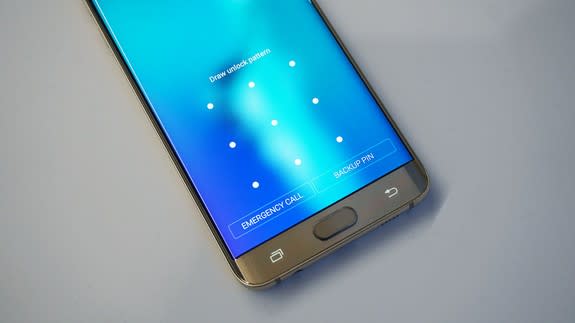Android Pattern Lock might be vulnerable to (very determined) thieves

Imagine unlocking your phone in a cafe, unaware that a hacker is secretly videotaping you.
Theoretically, they could crack your Android code by analyzing your hand movements with computer vision algorithm software, according to a new study — and they don’t even need to see the screen. To be clear, the risk of this happening is very, very low. But it’s still not an encouraging study for the 40 percent of Android users who use the Pattern Lock method to unlock their phones.
SEE ALSO: People are 'theft-proofing' their Apple AirPods by disguising them as floss
Thankfully, few low-level phone thieves have access to that type of tech. Plus, they actually need to swipe your device to break into it, so this is a very unlikely security concern for most people.
That said, the method outlined in the report is super-effective when put into practice. Using footage surreptitiously captured by smartphone cameras as far as two meters away from the target, the group tested 120 unique patterns collected from 215 users for a 95 percent success rate within five attempts. After five tries, the system automatically locks.
The team had a similar level of success using an SLR camera from nine meters away — so thieves can lurk undetected from the back of a room and still have a good chance of swiping an Android user's pattern.
If you have use Pattern Lock to protect your phone and you're concerned about falling victim to this hack (you shouldn't be), you should keep the old KISS rule in mind — Just Keep It Simple, Stupid (no offense).
The researchers found that complicated patterns were actually easier to hack, as their system was able to successfully generate all but one complex pattern with a 97.5 percent success rate on first go, but had only a 60 percent success rate cracking simple patterns on the first try.
It's not quite as unlikely as a thief breaking into your phone by stealing your fingerprints from a selfie, but it could still happen. Be mindful when you unlock your phone — you never know who's watching.

 Yahoo News
Yahoo News